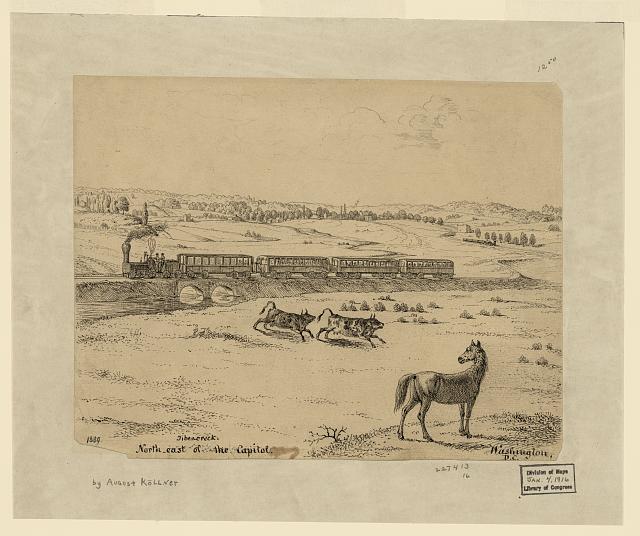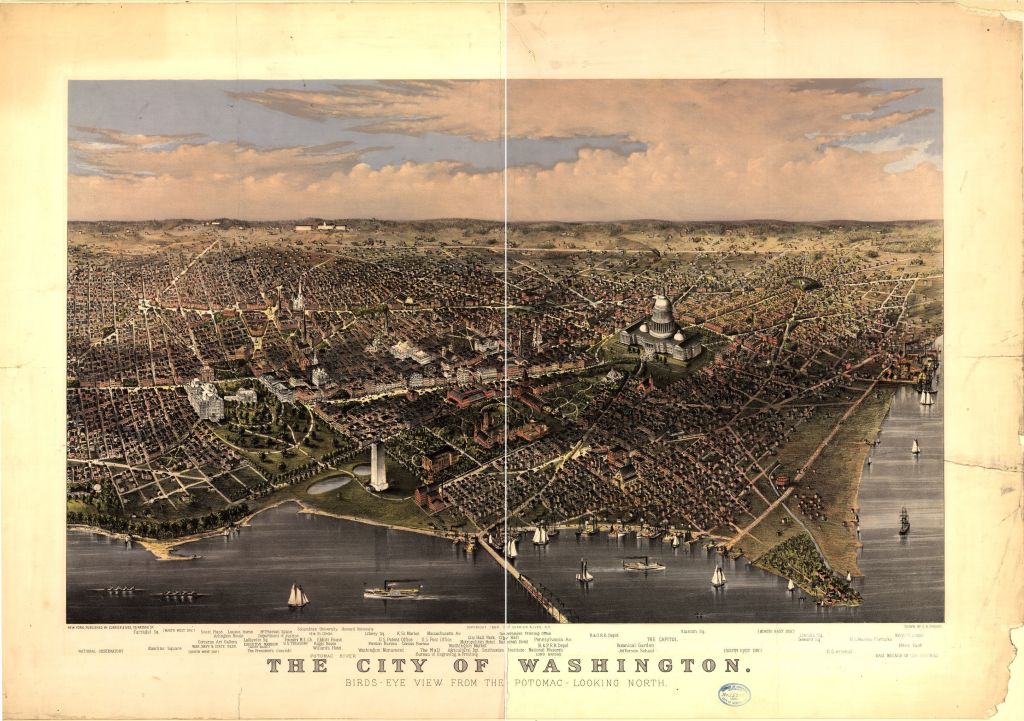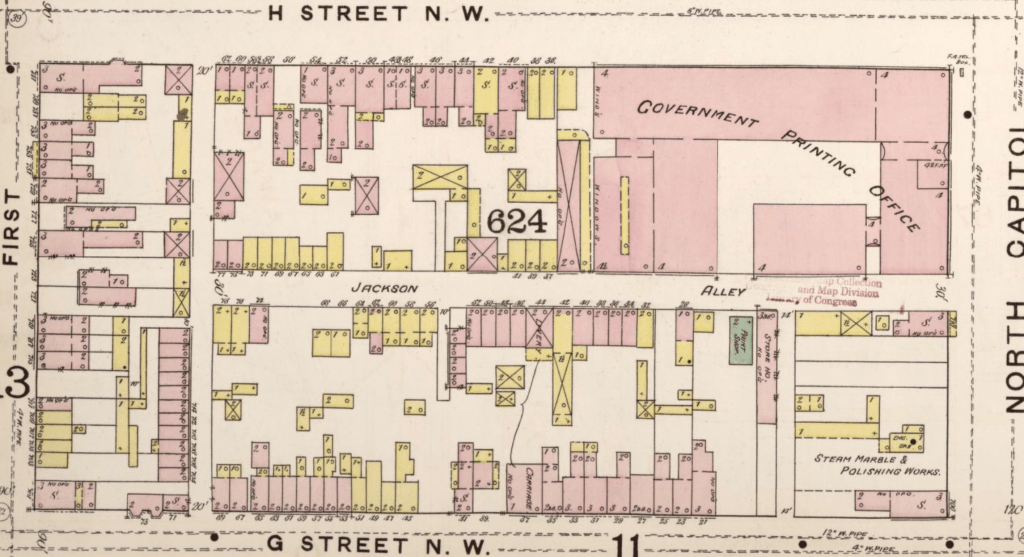Known Information
Thomas and Martha Reeder were living in DC during the 1870 census.
Sources
Taylor, James E., Artist. Glimpses at the Freedmen’s Bureau. Issuing rations to the old and sick / from a sketch by our special artist, Jas. E. Taylor. Richmond Virginia, 1866. Photograph. https://www.loc.gov/item/2009633700/
Freedman’s Village, Arlington i.e., Alexandria, Va. United States Arlington Alexandria Virginia, None. [Photographed between 1861 and 1865, printed between 1880 and 1889] Photograph. https://www.loc.gov/item/2014645761/
Map
Boschke, A, D McClelland, Hugh B Sweeny, Thos Blagden, and Blanchard & Mohun D. Mcclelland. Topographical map of the District of Columbia. Washington: D. McClelland, Blanchard & Mohun, 1861. Map. https://www.loc.gov/item/88694013/
United States, Freedmen’s Bureau Ration Records,1865-1872
District of Columbia, United States, NARA microfilm publications M1055. Records of the Bureau of Refugees, Freedmen, and Abandoned Lands, 1861 – 1880, RG 105. (Washington, D.C.: National Archives and Records Administration, 1969-1980); roll 16 | familysearch.org
Newspapers
The Baltimore Sun
Baltimore, Maryland
14 Jan 1868, Tue • Page 4
The Freedman’s Bureau was a US government agency from 1865-1872 charged with directing provisions, clothing, fuel “for the immediate and temporary shelter and supply of destitute and suffering refugees and freedmen and their wives and children”
The Bureau kept records of what provisions, or rations were distributed.
In 1868, they recorded that Martha Reeder was provided $2.00 worth of groceries as she was unemployed. They listed her residence as Kendall Green. In addition to Martha, Cora Reeder was also recorded as residing at Kendall Green and receiving rations due to sickness.

Kendall Green
After the Civil War, the US Government converted military barracks into housing for freepeople. Kendall Green Barracks, located on the northeast boundary of the city was one of the converted barracks. Kendall Green was located along Boundary Ave, in the northeast quadrant of the city. On the map, it is directly “north” of the capitol building, between Delaware and Maryland Avenues. The northern edge of the camp was at M and Boundary Ave.
In 1867, Kendall Green became the housing for the freed people who were unable to pay their rent and the Freedmen’s Bureau began to transfer nonpaying tenants and “those that pay very irregularly” to Kendall Green and those who could pay to housing closer to the city. In a newspaper article, the barracks are described a light one-story frame tenements with twenty-one rooms, housing 250 freedpeople.


These barracks have been fitted up for dwellings for the freed people to be rented for very low rates, in order to get them out of the wretched shanties in which such numbers of them have hitherto lived (and died). But they are located so far from one side of the city, that they are taken up slowly.
Letter from A. E. Newton reporting on the school built near Kendall Green Barracks as listed in the National Freedman, A Monthly Journal, Vol 11, No 5 May 1866 (147)
Further Research Needed:
- Determine the relationship between Martha and Cora Reeder
- Identify other Reeders recorded in the Freedmen’s Records









